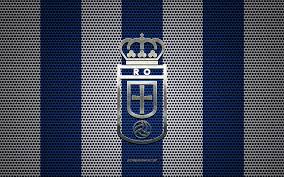The later decades of the 20th century brought both decline and opportunities for rebirth for Real Oviedo FC. The club encountered numerous difficulties while simultaneously seeking ways to rebuild rr88.
Relegation and Struggles Real Oviedo FC
The 1960s were tumultuous for Real Oviedo. After experiencing relegation from La Liga, the club struggled to regain its former glory. The effects of mismanagement and underwhelming performances resulted in fluctuating fortunes, with the team bouncing between divisions.
Fans were understandably disillusioned during this period. The once-proud institution seemed adrift, and many questioned if the club could ever return to prominence. However, patience and support remained strong among the most ardent fans, who cherished their connection to the club.
Resurgence in the 1980s
Despite the setbacks in the preceding years, the 1980s brought promise for Real Oviedo. Under the management of Eduardo Mané, the team underwent a renaissance, establishing itself as a competitive force in Spanish football once more.
The appointment of talented players such as Fernando Hierro, who would go on to have a successful career with Real Madrid and the Spanish national team, put Real Oviedo back on the map. Their contributions on the pitch revitalized the club and re-engaged the supporters who had longed for better days.
The 1990s: A Mixed Bag
As the 1990s progressed, Real Oviedo found themselves in a transition phase. While there were glimpses of success—such as reaching the playoffs for European competition— the club struggled to maintain consistency Real Oviedo FC.
Financial pressures continued to mount, and the club faced existential threats that necessitated strategic decisions. The impact of television rights and sponsorships became increasingly crucial as clubs vied for revenue streams; Real Oviedo had to adapt quickly to survive in a rapidly changing football landscape.
